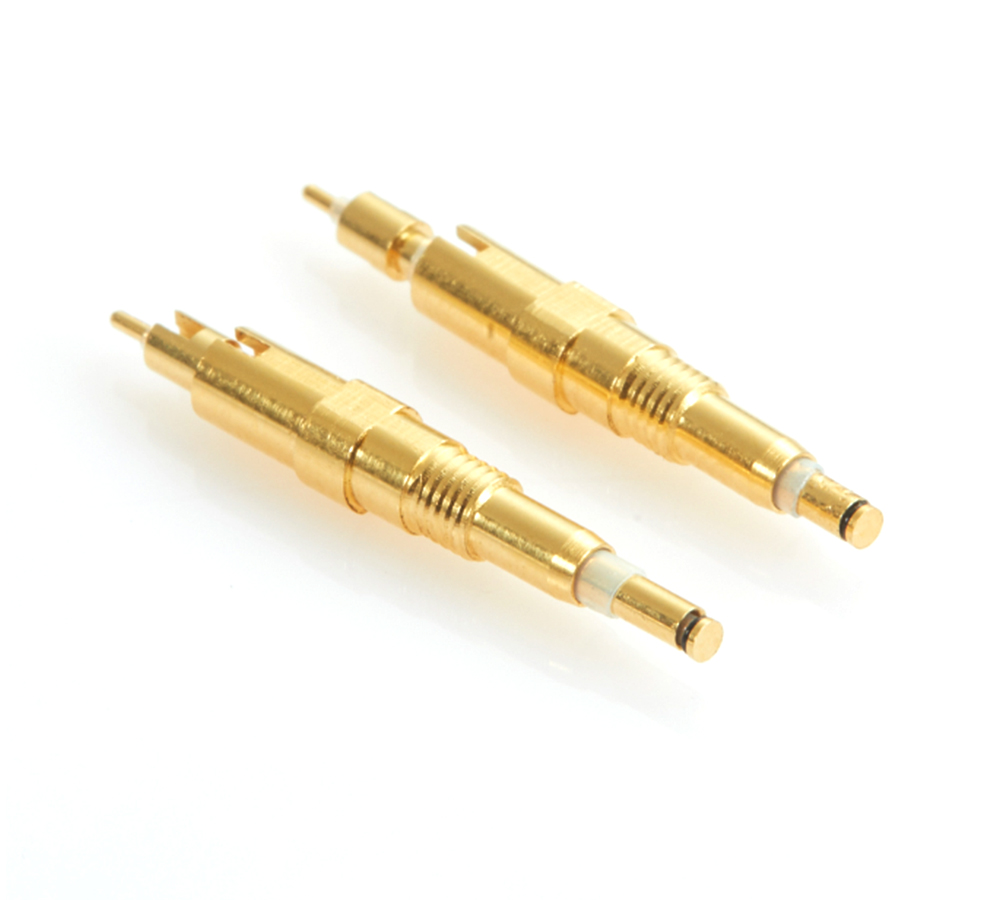Time:2025-04-25 Views:1 source:News

The manufacturing of single - pin spring pogo pins involves a series of precise and intricate processes to ensure their high quality and reliability. The first step typically starts with the selection of raw materials. The pin, which is the core component for electrical contact, is usually made from materials with good electrical conductivity, such as copper or brass. High - purity copper is often preferred for its excellent electrical properties, and it may be plated with a layer of gold or nickel to improve corrosion resistance and reduce contact resistance.
The spring, another crucial part of the pogo pin, is usually manufactured through a coiling process. High - strength spring materials like stainless steel or beryllium copper wire are fed into a spring - coiling machine, which shapes the wire into the desired spring form according to specific design parameters, such as the spring's diameter, pitch, and number of coils. After coiling, the spring may undergo heat treatment to enhance its mechanical properties, such as increasing its elasticity and durability.
Once the pin and the spring are ready, the assembly process begins. The spring is inserted into the barrel of the pogo pin, which is usually made of a durable plastic or metal material. The pin is then placed on top of the spring, and the entire assembly is carefully adjusted to ensure the correct preload and stroke length. This preload determines the force with which the pin presses against the mating surface, ensuring a reliable electrical contact. The assembly may also involve additional steps such as crimping or soldering to secure the components in place.
After assembly, the single - pin spring pogo pins undergo a series of quality control tests. These tests include electrical conductivity tests to ensure that the pin can transmit electrical signals effectively, mechanical strength tests to verify the durability of the spring and the overall structure, and dimensional inspections to ensure that the pogo pin meets the specified design requirements. Any defective pogo pins are rejected at this stage, and only the ones that pass all the tests are considered ready for use in various applications.
Read recommendations:
High precision Magnetic PogoPin